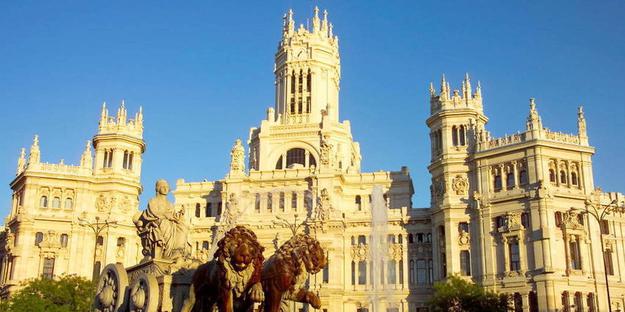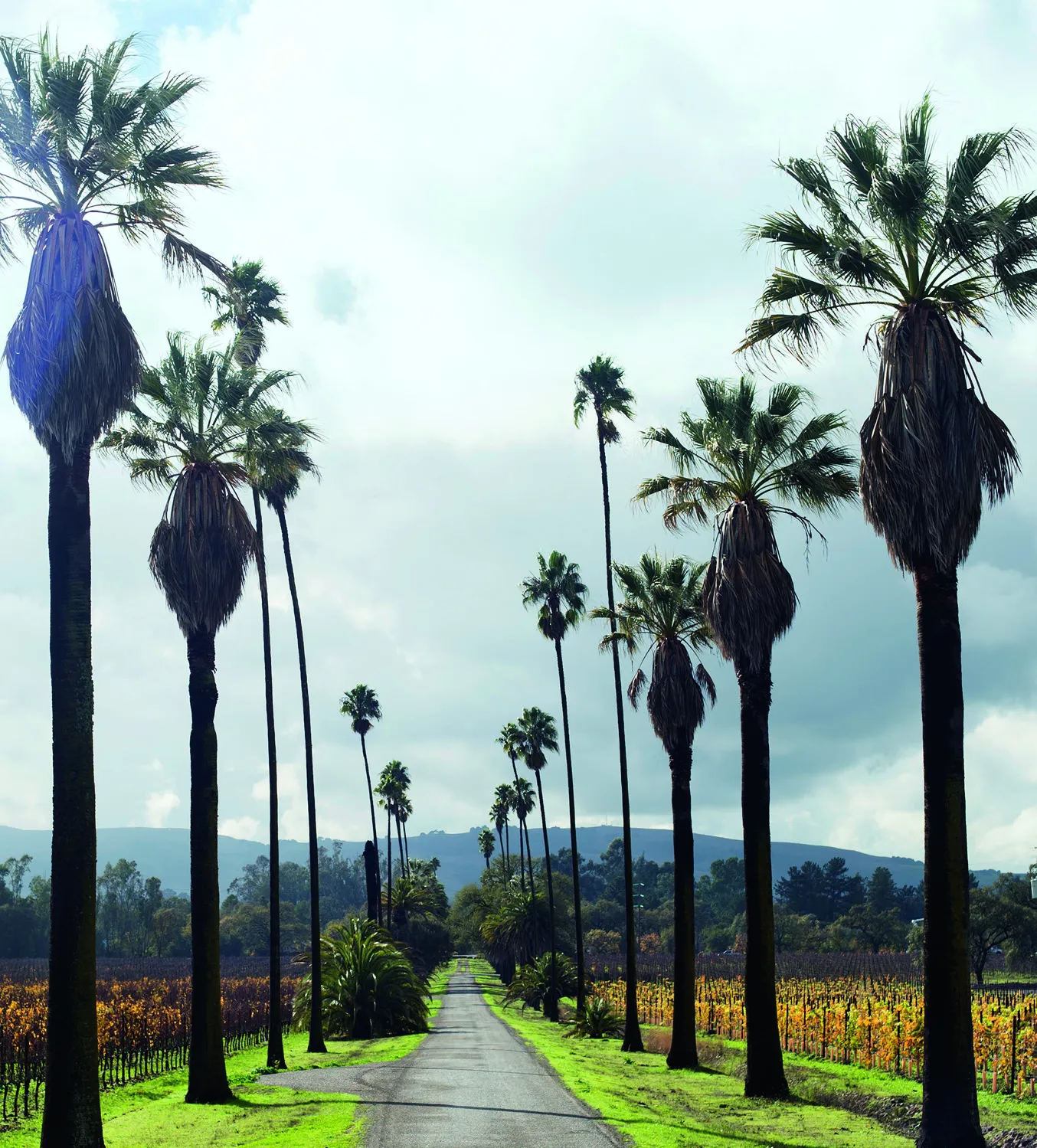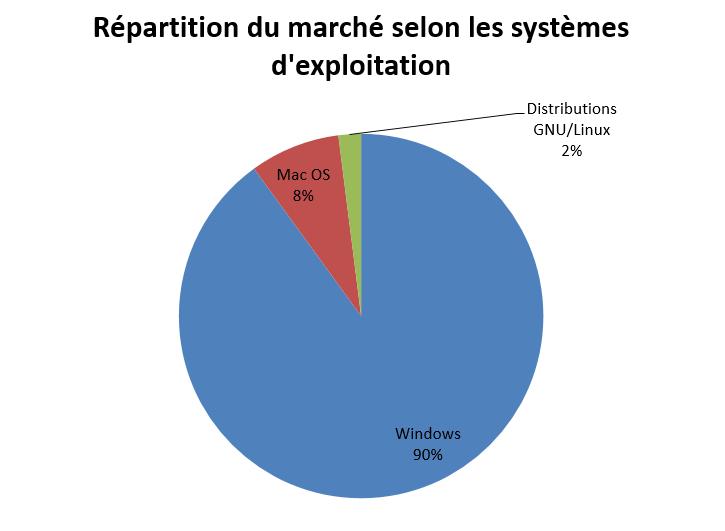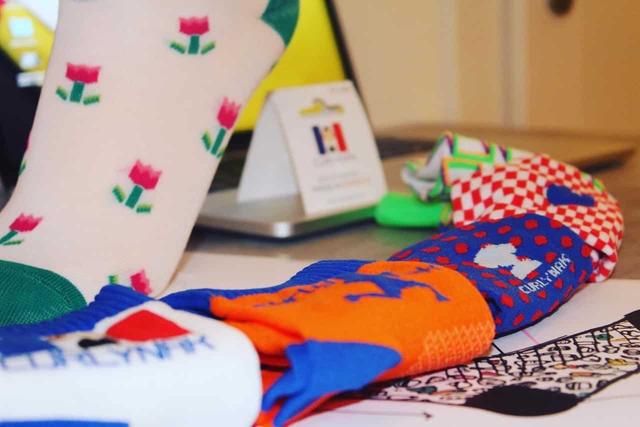Madrid: four (unknown) palaces of the Iberian capital to explore
Royal dynasties, intellectuals and aristocrats have offered the Spanish capital an exceptional heritage and collections that are often overlooked. Never far from fashionable addresses, these rare places draw a treasure hunt where the artistic history of Europe and modern creation mingle. Visits, almost exclusively, to the Liria and Cristal palaces, the Cerralbo museum and the Lázaro Galdiano Foundation. Which can be complemented by a stroll through the works of Francesco Sabatini, the Baroque architect who designed Madrid and whose 300th anniversary is being celebrated until the end of 2021.
Goya among the last Stuarts
Built in the 18th century a stone's throw from the Spanish Steps, then destroyed during the Civil War, the Liria Palace has regained its original splendour, meticulously rebuilt by the Alba family. Carlos Fitz-James Stuart, current duke and head of the house, has opened the premises to visitors for less than two years. With muffled steps, we let ourselves be guided towards a dozen salons revealing the fabulous collection of paintings made up of works by Titian and Rembrandt. The acme of the visit remains the discovery of the salon dedicated to Goya on the first floor and his sumptuous Portrait of the Duchess of Alba. On the ground floor, the library houses the correspondence of Christopher Columbus and the first edition of Don Quixote dating from 1605. Finally, many paintings and memories evoke Empress Eugénie, wife of Napoleon III, who died here. in 1920. €16 per visit, reservation required via the website with guide in French, www.palaciodeliria.comSleep: Only You Madrid, in a former 19th century palace . From €110 per night, www.onlyyouhotels.comWith a marquis archaeologist
The love of beauty makes one demanding or suspicious. Enrique de Aguilera y Gamboa, 17
With a bibliophile gentleman
Like most of the buildings in the Salamanca district, the architectural style of the palace of the Lázaro Galdiano Foundation, built at the beginning of the 20th century, was inspired by the pavilions of the universal exhibitions in Paris in 1889 and 1900. Its former owner, the publisher and collector José Lázaro Galdiano, also offered his possessions to the Spanish State. When he died in 1947, he held a library of twenty thousand works and a rich art collection, including paintings by Velasquez and Lucas Cranach the Elder. Since then, the José Lázaro Galdiano Foundation has watched over this heritage and has regularly marked Spanish cultural history through the quality of its publications and its commitments. Fans will not miss Saint Francis in Ecstasy by El Greco, one of his first paintings. And they will discover his autograph letters sent to his childhood friend Martin Zapater and richly illustrated. Finally, in one of the salons, contemporary art discreetly interferes with the exhibition of the work of visual artist Olafur Eliasson, A View Becomes a Window, made up of nine books of glass.7 € entry, purchase of tickets on site, www.flg.esDormir: Gran Hotel Inglés, the small and very discreet historic palace in Madrid renovated by David Rockwell, member of The Leading Hotels of the World. From €350 per night, https://en.lhw.com/hotel/Gran-Hotel-Ingles-Madrid-SpainThe temptation of contemporary art
In Retiro Park, the Crystal Palace, made of glass and metal, was designed by the architect and archaeologist Ricardo Velázquez Bosco at the end of the 19th century. At the time, he wanted to host an exhibition dedicated to the Philippines, in the vein of the great explorations of the time. The tropical tropism is no longer relevant, we now contemplate modern creation there. Property of the Reina Sofia Museum, the Palace is the favorite playground of the institution's curators who like to take over the premises and present ambitious monographic exhibitions. Such as that of the Filipino visual artist Kidlat Tahimik who, until March 6, presents his gigantic installations inspired by the world of cinema with a generic theme linked to the colonial history of Spain and the Philippines. On the sidelines of this program, the most curious will also see the friezes and ceramics of Daniel Zuloaga, a 19th century artist who studied at the Manufacture de Sèvres, and will finally continue the visit of Retiro through the palace of Velázquez signed by the same architect. Free admission, www.museoreinasofia.esDormir: Totem, one of the prettiest addresses in the Salamanca district and an excellent restaurant. From €175 per night, www.totem-madrid.comSPOTLIGHT
The year Francesco SabatiniThe capital celebrates the 300th anniversary of the birth of the Italian Baroque architect who designed Madrid. Born in Palermo, the discreet Sabatini followed King Charles III of Naples to Madrid in 1758. He completed the work on the Royal Palace, designed the Royal Customs House, the Palace of Godoy, the former hospital which today houses the Reina Sofia Museum of Modern Art and participates in the reconstruction of the Plaza Mayor. Conferences and guided tours will follow one another until January 2022 and, since November, an exhibition dedicated to the architect has been held at the Fernan Gomez cultural center.https://sabatini2021.com
PRACTICAL NOTEBOOK
Summary of health formalitiesAll tourists traveling to Spain by air or sea must complete a health control questionnaire. Once this form has been completed and signed, the traveler will receive a QR code associated with their trip which they must keep on their phone or print out in order to be able to pass the airport health check. Visitors will also need to present either the digital EU Covid certificate, or a certificate justifying full vaccination against Covid-19 for at least 14 days, or a screening test certificate with negative result, issued within 48 hours (antigen test) or within 72 hours (PCR test) prior to arrival on the territory, or a certificate of recovery from Covid-19.
The proper use of the mask Compulsory in transport and closed spaces. Not compulsory for activities in the open air, such as enjoying the beach, going for walks or participating in events, if the interpersonal safety distance, established at 1.5 m, is respected.
For the latest newshttps://www.spain.info/en/







